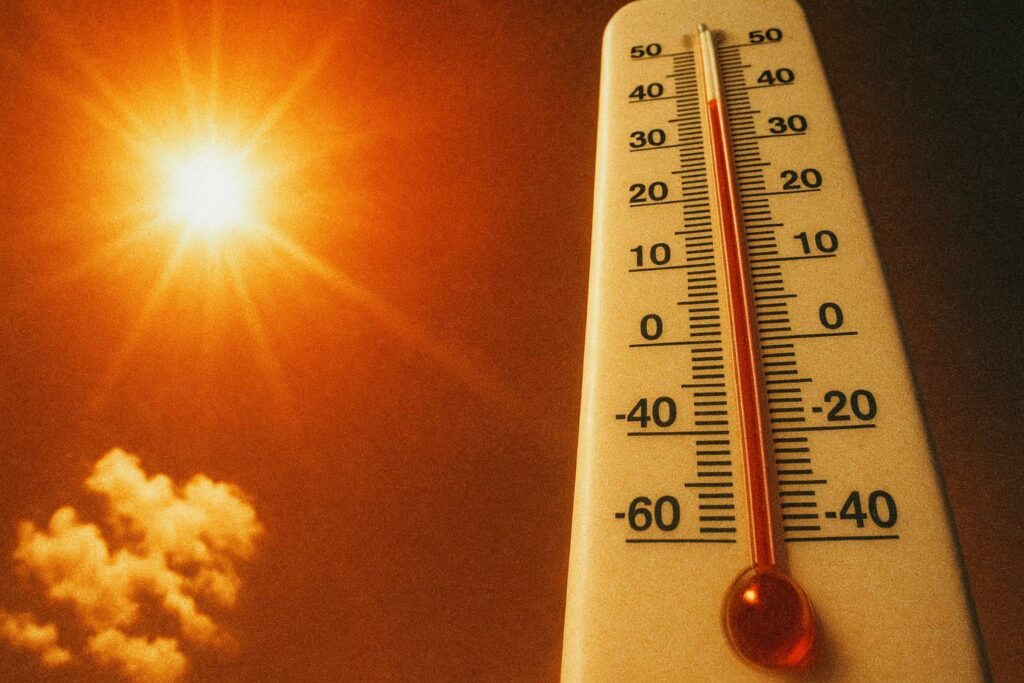Record Heat and Drought in Morocco: A Decade’s Summary
In an alarming revelation by Morocco’s General Directorate of Meteorology, 2024 emerged as the hottest and driest year the nation has faced in over a decade. Unveiled during a June 2025 climate briefing in Rabat, the report highlights that the average temperature rose by a staggering 1.49°C, over twice the global average increase of 0.67°C. This local warming surpasses the critical 2°C threshold outlined by the 2015 Paris Agreement, threatening to unleash irreversible climate impacts.
The Disproportionate Burden on the Global South
Morocco’s predicament underscores the stark climate inequities faced by the Global South. Though contributing minimally to global greenhouse gas emissions, Morocco endures some of the grimmest consequences of climate change, manifesting as stifling heat, relentless drought, and sporadic, destructive rainfalls. The climate injustice is palpable as this North African nation grapples with its sprawling desertification and dwindling water resources.
Detailed Analysis of Precipitation Anomalies
The year 2024 was also marked by significant drought conditions, with rainfall levels plumbing to less than 55% of the annual average since the 1960s. Snowfall across the country reduced drastically, covering a mere 9,900 km², as opposed to the usual 50,000 km². These extreme weather patterns precipitated flash floods particularly in southeastern Morocco, resulting in human casualties and the unexpected resurgence of Lake Iriqui, dry for over half a century.
Global Context and Comparison
This climate extremity is not isolated to Morocco. According to NASA, 2024 claimed the dubious accolade of being the hottest year recorded since modern documentation began in 1880. Global temperatures averaged 1.28°C above the 20th-century norm, with a 1.47°C rise beyond pre-industrial levels, exemplifying a concerning global trend.

